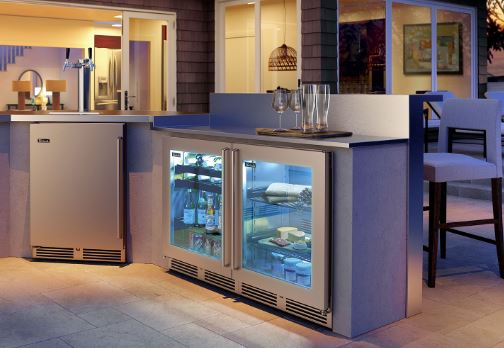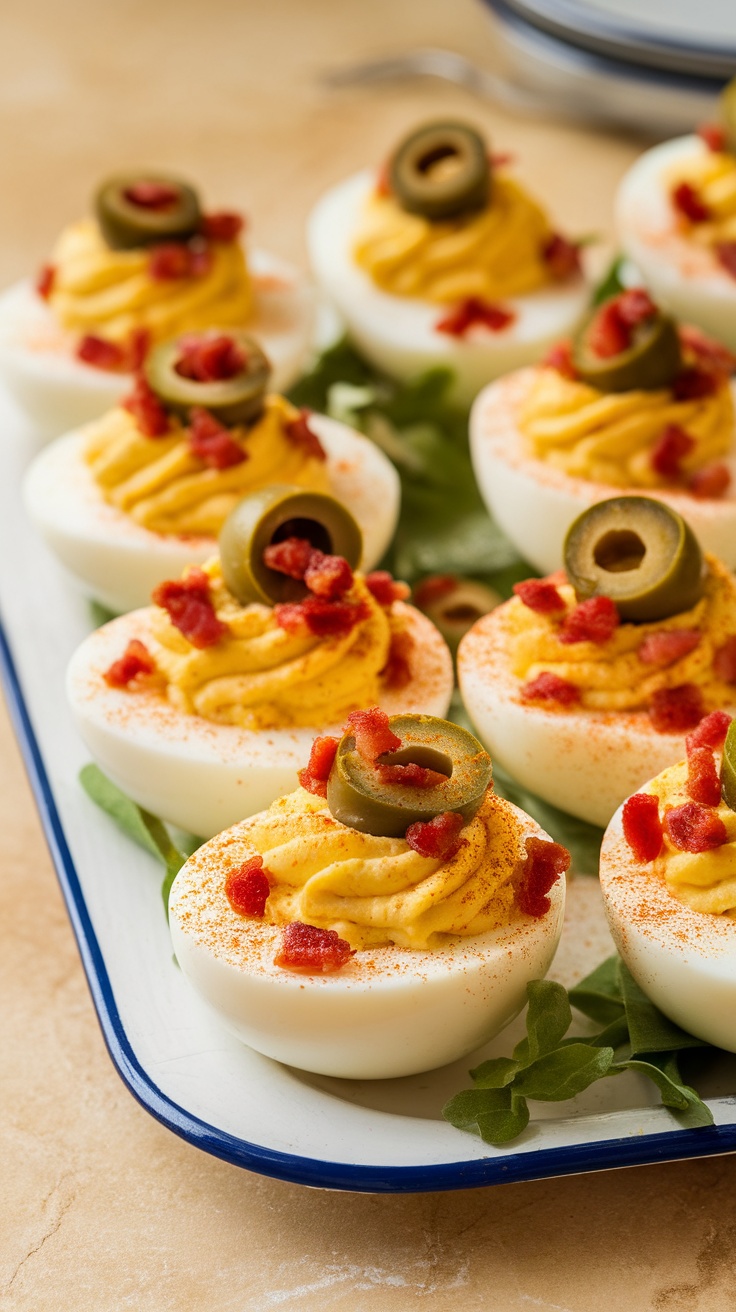Clean Outdoor Refrigerator Condenser Coils
Cleaning Condenser Coils on an Outdoor Refrigerator
If your outdoor fridge doesn’t seem quite cool enough, it might be dirty condenser coils causing the issue. A layer of dust, dirt, grime, sand and grease will cause the system to overheat and not be as efficient at cooling as it should be. Worse case scenario, it results in mechanical failure, loss of food and an outdoor fridge that needs to be replaced.
Cleaning the condenser coils will help you keep your outdoor fridge in top working order and keep your utility bills in check.
Why Clean Condenser Coils?
The black coils at the back of the outdoor refrigerator are the refrigerator condenser coils. Depending on the model, the outdoor refrigerator condenser coils can also be situated at the top or bottom of the machine. Cooling occurs through these coils because they allow highly pressurized and heated refrigerants to be cooled. This is why the condenser coils in refrigerators are frequently warm to the touch. Dirty condenser coils might cause the refrigerator to lose efficiency.
Where are the Coils Located?
There are two types of refrigerators that are built for outdoor kitchens. The first is a builtin, or undercounter, outdoor refrigerator. The other is a freestanding outdoor fridge.
The condenser coils are located at the bottom of the front of a built in outdoor refrigerator unit. You can access them by removing the front vent panel.
Freestanding outdoor refrigerator coils can be either found at the back of the fridge or underneath the fridge. If the outdoor refrigerator box is flush with the ground, then the coils will be found in the back. If there is a front vent, the coils will be located under the refrigerator box.
Problems Dirty Condenser Coils Cause
When the coils at the back or bottom of the refrigerator become dusty, it can lead to a variety of problems. The appliance, for example, does not adequately cool down. This is due to the dirt coating the coils, which prevents the compressor from working efficiently. The refrigerants must also cool down because the compressor heats them up. If the condenser coils in your refrigerator are unclean, the refrigerant can’t easily dissipate heat. The dirt works as a heat insulator, preventing it from dissipating.
Another problem is that the compressor’s cycle does not stop, therefore it is always running. Constant compressor operation consumes a significant amount of energy, raising electricity costs. The compressor may turn off from time to time, but it quickly restarts. Something is wrong with the condenser coils if the cycle transitions are unusually swift.
Unless there is a problem with the circuit or other sections of the fridge, unclean condenser coils may be to fault when the machine does not run. The compressor overheats due to dirty condenser coils. When the compressor overheats, it stops operating, and the entire refrigeration process comes to a halt. Cleaning the dust and filth that has accumulated on the condenser coils is the solution to these issues.
How Often Should Condenser Coils be Cleaned
Outdoor refrigerators’ condensers can accumulate a lot more dirt and debris than their indoor counterparts. And if you also have pets that spend a lot of time in your outdoor kitchen, the condensers can accumulate a lot of pet hair.
You should clean your outdoor fridge’s condensers at least every 6 months. If the fridge is in a particularly windy location where dirt dust or sand blow at it constantly, every three or four months will be better. With pets around, every few months is also recommended.
If you overwinter your fridge, coil cleaning should be performed once at the start of the season and once before you turn it off before winter.
What to Use to Clean Condenser Coils
Coil cleaning doesn’t require a lot of fancy or expensive supplies. At the very least, you will need a vacuum with a brush or crevice attachment for coils that aren’t too dirty. At the most, for coils that haven’t been cleaned in you-can’t-remember-when, you will need a cleaning brush (they make brushes for just this task), some rags and dish soap and water for really greasy, grimy coils.
Simple Tips to Clean Coils Step by Step
Cleaning a condenser coil isn’t as difficult as it may appear. You may safely clean the condenser coils by following these simple steps.
1. Remove the front grill vent located in the toe kick of the built in refrigerator unit.
To release the base grille vent clamps, grab each side of the grill and pull it towards you.
Next, pull the bottom of the grill out from behind the bottom door hinge by swinging it towards you.
To access the coils on a freestanding outdoor refrigerator, pull the fridge away from the wall to expose the coils. They may be behind a cover, so you will need to remove the cover with a screwdriver if it is held in place with screws.
2. Turn off the main power switch hidden behind the vent grill on built in models, or turn off the power switch on a freestanding unit.
You can also unplug the fridge. It won’t be out of service for long enough to harm the contents.
It’s possible that your model doesn’t have a power switch. If not, unplug your fridge from the power supply.
You can’t find the power cord? At the temperature control, turn the unit off.
3. Vacuum the condenser coil with a slender crevice attachment.
Vacuum the coils by beginning at a bottom corner and work your way to the top. Then proceed from top to bottom, bottom to top until the coil is completely clean. Tend to each of the coil fins. Be aware that you may not be able to reach some places with the vacuum attachment.
You can also use a condenser brush or a microfiber dusting attachment to get to hard-to-reach places. This may get dusty and it’s a good idea to have the vacuum handy to take care of the dust and dislodged debris.
If your coils are also greasy, you can use soft rag and dish soap in water to gently wipe off the grease. Before doing this step, make sure the power is off as you are dealing with water and electricity and water do not mix.
Before replacing the grill vent cover or panel cover, make sure each is clean (if dirty, use soap and water to wipe off the grime) and not as greasy and dirty as the coils were.
4. Reassemble the vent grill or push the freestanding fridge back into place.
First, turn the outdoor refrigerator unit back on.
Then, by swinging the top of the toe kick grill beneath the bottom door hinge and snapping in the clips on each side, reconnect it or replace the back panel if you removed one.
Allow time for the clean refrigerator to restart and re-cool.
It’s a good idea to close the door for a few hours before using it.
Repeating these easy steps as often as your outdoor conditions warrant will keep your outdoor refrigeration equipment running as efficiently as possible and will help prolong their life and avoid refrigerator repairs.
Did you know there are other reasons that an outdoor refrigerator is not cooling? Check out the linked article for a troubleshooting guide.







